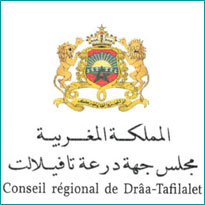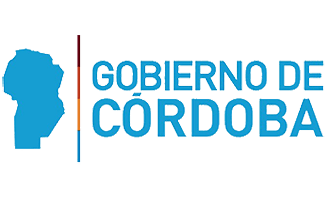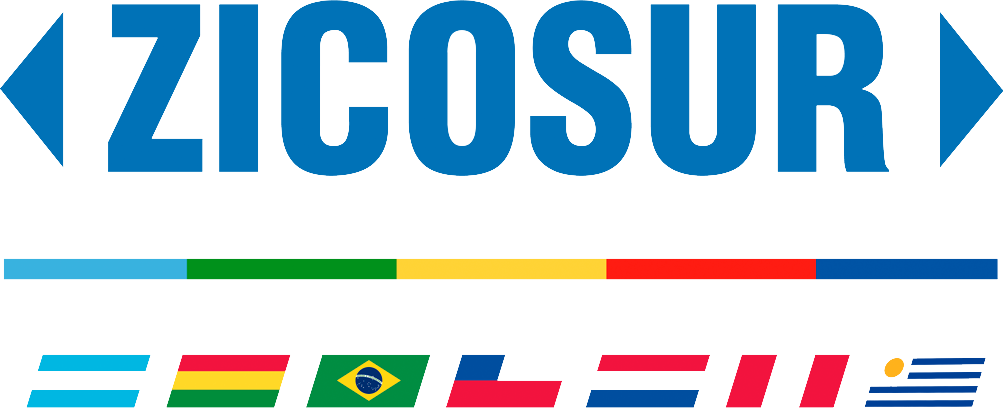
The Euroregion Pyrenees-Mediterranean (EPM), created October 29, 2004, is a political cooperation project between Catalonia, the Balearic Islands, Midi-Pyrénées and Languedoc-Roussillon1.
Our goal is to create, in the northwest of the Mediterranean, a sustainable development pole based on innovation and social and economic integration of the territory which contributes to building a united Europe, closer to its citizens.
We are working on our main ambition which is to assert ourselves as a project area at the European level, to improve our visibility while placing people at the heart of the action that we decide to make, and become a pole of innovation and growth through the ties between our technology, scientific and cultural centres.
The Euroregion exists because one day politicians decided to join forces and become a big strong region in Europe. That is translated to one of the most populated euroregional areas in Europe with over 15 million inhabitants. And this gives us more responsibility regarding the project. And, as well as the European Union, it is always a project under construction.
I want to return to this idea of "political cooperation". Political cooperation must be based on trust between members of a project; it must be transparent and with the same powers from the member jurisdictions to have the same opportunities to participate actively. Politicians who saw this great, extraordinary and exemplary opportunity2 signed the "Euroregion Charter", a very sincere text that contains the scale of that vision. Signed in Perpignan October 19, 1991, this Charter was the solemnization of the cooperative relations between the three regions in the eighties. This cooperation had two main objectives: First, to facilitate exchanges between the economic, social and cultural areas of the three regions. But also, to strengthen the role of engine of these regions within the European single market, by promoting European integration and rebalancing Europe to benefit the southern regions.
But we often forget this “zero” chapter in the history of the Euroregion. In fact, the most important moment was the one who paved the way, the “political will”, and the “political vision” to see that territories should unite to be stronger. This “political will” brings us where we are at present: Catalonia, the Balearic Islands and a moment of territorial reorganization with the merging of the two French regions Midi-Pyrenees and Languedoc-Roussillon.
The scientific literature tells us that what can influence the economic performance of regions is not only the answer to "Where am I located in Europe? But also "Besides what I am located?” The idea is that economic integration between regions has positive effects on market demands. For example, the sharing of productive factors such as diversity and complementarity, but also factors initially non-commercial but so creative3 that can become profitable to implement them in the European market.
On the other hand, the Euroregion serves to be heard within the European Commission. The European Grouping of Territorial Cooperation (EGTC), created by the DG Regio, shows the importance of this tool from the EU: to bring citizens closer to the institutions and make their issues, concerns and the positive strengths of our territories.
In 2006, the European Parliament, on a proposal from the European Commission, passed a law that creates a unique legal instrument that serves to articulate cross-border cooperation and provides solutions to the problem of legislative differences and national praxis. This instrument called EGCT can create cross-border cooperation groupings with a legal personality and can have the option to apply for European programs.
Taking into account that the Euroregion Pyrenees-Mediterranean will soon become a territory with two large regions and a third special region4, we believe that this new stage will be more European than the first. But at the same time closer to the citizens. Our desire is to continue launching our own calls for projects financed with annual contributions of our member regions. But we want to become, at the same time, a European platform, a springboard to the EU institutions. Thanks to European programs, we are on the way for translating our euroregional planning into European regional planning. This is translated pragmatically into one European project last year5 and since 2015 the EPM has applied to more than 10 different European different programs. Our aim is, therefore, that our own calls for projects are attached to the European projects that we present, and we have the ability and sufficient perspective to keep feet anchored to the ground. What is the meaning of this? Exactly what was discussed and approved at the last General Assembly in Brussels: that local development is the basis of our action; through direct acquaintance with the territory we can detect needs but also strengths in order to translate the European project to our 15 million euroregional citizens.
The EPM was finally legally established in October 2004 and became an EGTC in August 2009. From then on, it is a legal structure capable of action, which is allowed to manage European cooperation projects and launch calls for joint projects. The main objective of the Euroregion is to promote a cooperative framework of reference in South East Europe, based on social, environmental and economic territory, which aspires to speak with one voice before EU institutions.
In 2009, the EPM adopted the legal form of a EGTC6, an EU instrument designed to facilitate and promote cross-border, transnational and interregional cooperation. EGTCs were established to help implementing EU co-financed projects7 but also actions initiated by regional or local authorities, with or without EU funding.
With almost 15 million inhabitants and 14% of the GDP of Spain and France put together, the EPM is emerging as an area of European projects that develops its activities in the fields of higher education, research, innovation, economic development, employment, environment and culture. The EGTC action focuses also on four priority axes identified in the Euroregional Innovation Strategy8: eHealth, water, the agri-food sector and tourism.
These last two years, the Euroregion has gone one step forward and at present is participating and mostly commanding 5 EU Projects which involve Universities, Sports, Culture, Innovation and Institutional Relations among Euroregions. So this far, the platform is justified in terms of contents. It is up to politicians to renew the vision so the will shall be renewed.
1 And Aragon at the very beginning but now no longer part of Euroregion Pyrenees-Mediterranean.
2 Presidents Jordi Pujol, Marc Censi and Jacques Blanc.
3 Research and innovation for instance.
4 “Special” in the sense of insularity, 4 islands in the Mediterranean, which turns the region into an exceptional one.
5 For which we earnt the Best EGTC Award 2014 by the Committee of the Regions.
6 EGTC - European Regulation n°1082/2006 of the European Parliament and the Council, 5 July 2006.
7 The ones financed with annual contributions of our member regions.
8 The EPM Innovation Strategy has an axe devoted to supporting actions towards universities and students.
Dr. Mireia Canals Botines
Secretary General Euroregion Pyrenees-Mediterranean













































































